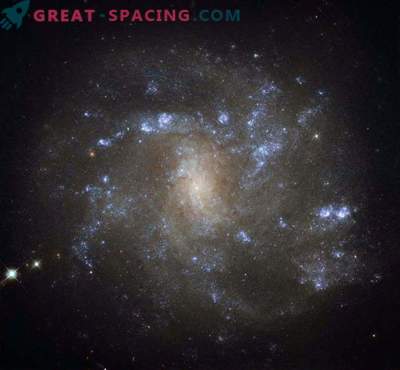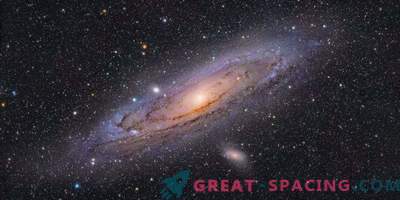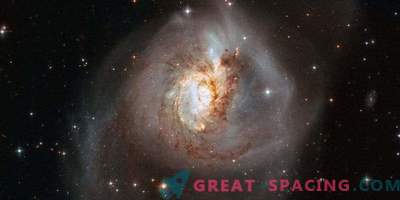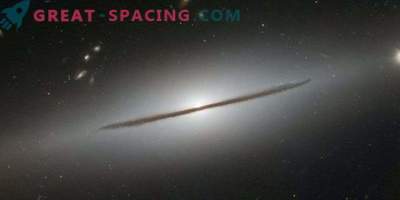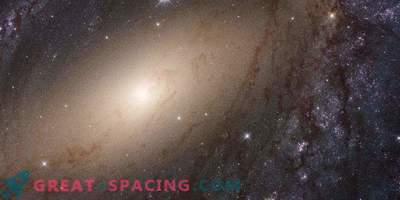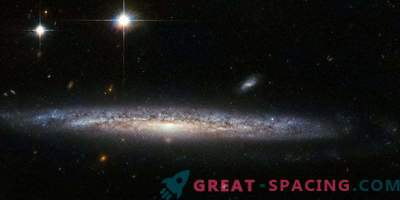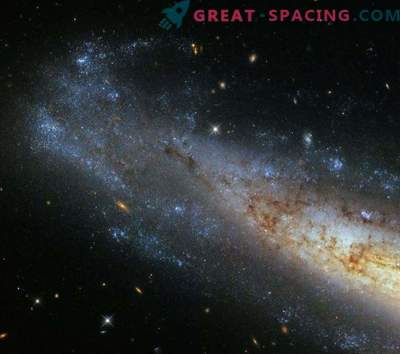
The Hubble Space Telescope managed to capture an elegant and magnificent spiral galaxy of the type NGC 3344. Thanks to the instrument's ability to observe objects in a wide range of different waves, scientists can discover new features.
Spiral galaxies are considered one of the most attractive celestial formations, but they do not always look the same to the observer. Some are displayed in red, which allows you to see the vertical structure, others are observed at an angle, offering information about the size and structure of the spiral arms, while others turn their faces, showing off the sleeves and the bright core.
Approximately at a distance of 20 million light years is NGC 3344, covering the territory in the constellation Maly Lev. This galaxy is observed by the face and refers to a spiral type with a jumper. The central part is displayed by a wide-angle camera 3 - an elongated star line passing through the galactic core.
This snapshot is a collection of frames taken in various filters: from near UV to optical and near IR light. Together they create a complete mapping of the galaxy.
Twisted spiral sleeves become the cradle for new stars, whose high heat makes them shine brightly. Dust and gas clouds glow red and act as reservoirs for the material from which new stars will appear. But the bright stars on the left are representatives of the Milky Way.
A review of the front side reveals many galactic details, but interesting moments remain. Researchers have noticed that some of its outer stars are moving strangely. Often, a high stellar concentration in the galactic center can influence the movement of external objects, but it seems that this is not typical of NGC 3344. Perhaps these stars were simply stolen from another galaxy.
Also surprising location of the galaxy. The Milky Way is part of the Local Group, with 40 more representatives. But NGC 3344 remains self-reliant and ranks as the Virgo Supercluster.
